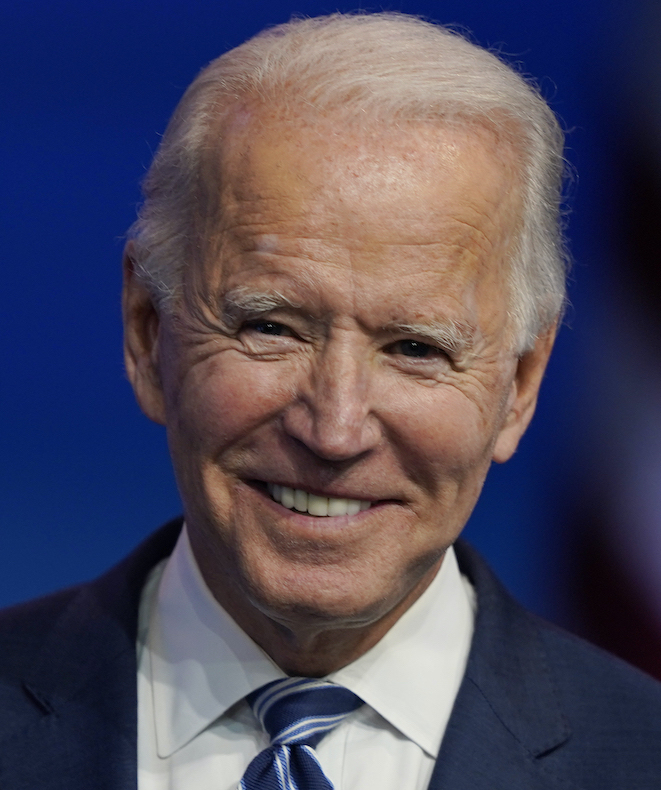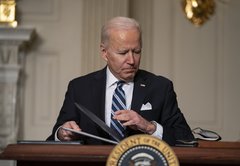Put US on a course to net-zero emissions by 2050.
Joe Biden
"I will make massive, urgent investments at home that put the United States on track to have a clean energy economy with net-zero emissions by 2050."
Biden Promise Tracker

Promise Kept

